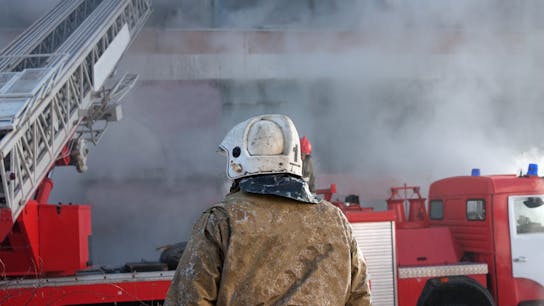The importance of fire compartment
With fires developing much faster today compared to 50 years ago, it is critical in relation to personal safety and the future use of the building that once a fire begins, it is contained to the smallest possible area – the so-called “fire compartment”.
After fire reaches the flashover point, the only way to keep it from engulfing much larger areas of the building from the inside is to ensure that the walls, ceilings, floors and doors of the fire compartment can withstand being exposed to a fully developed fire on one side while not transporting heat, flames or toxic gases to the other side. How long they need to be able to contain the fire depends on the size, complexity and function of the building.
That said, post-flashover, the fire’s heat is intense and can break through the windows, which risks exposing the building façade to the fire and thus circumventing the fire compartment. If the façade system, including cladding and/or insulation, consists of non-combustible materials, however, the flames might eventually reach and breach the windows of the floor above, but the process will be comparatively slow as the façade wouldn’t contribute to the spread of the fire (and resulting smoke).







